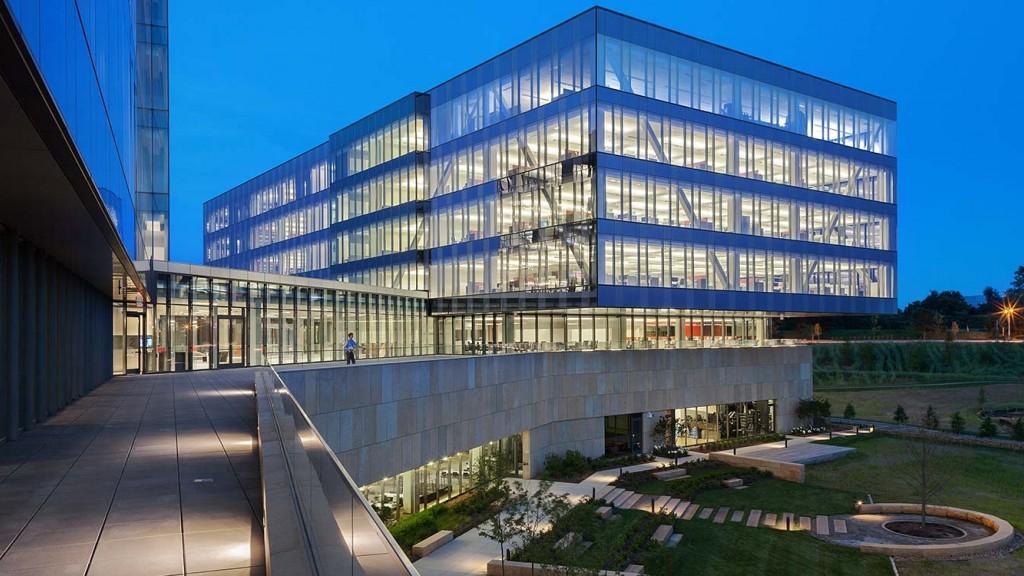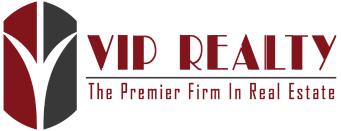Common Area Maintenance. What is it? By description, it refers to one of the three primary components of the operating expenses, alongside property taxes and insurance taxes. It is included in the so-called Triple Net Lease. These fees are collected by landlords from tenants in order to cover the expenses that are usually associated with operating and overhead operations for common areas.
These common areas refer to the spaces that are used by all tenants, including elevators, hallways, lobbies, parking lots, building security, and public bathrooms, among others. These CAM fees are typically stated in the lease in order to clear up any potential misunderstanding and to have a better insight about these expenses before a tenant signs up for a new lease.

Understanding CAM Fees Calculation
At the start of every year, the property manager prepares a forecast of the expected common area maintenance (CAM) expenses associated with the use of their property. This is for the purpose of annual budget calculation.
The estimated among is then proportionally divided among the tenants in the property. A tenant’s percentage of the fee is calculated by dividing the square footage by the building’s gross leasable area. This overall expense is then included in your operating expense every month, which means that throughout the year, the fee will be paid in smaller increments.
Towards the year’s end, the property manager will then compare and reconcile the estimated cost of the common area maintenance expenses with the actual expenses incurred. If it turns out that the CAM expenses are less compared with the estimate, tenants will be issued a credit that will reconcile the difference. On the other hand, if the estimated amount will not equal the actual cost incurred for the year, the difference will be owed by the tenants as a lump sum.
This is the reason why it is very important to have a reliable property manager. A good property manager is one that is proactive, and capable of seeing overages in the middle of the year, thus reforecasting the estimated expenses for the entire year. As a result, there will be an increase in operating expenses. Despite this, you can avoid the hassle involved in paying a huge amount of money at the end of the year.
Common Area Maintenance Expenses – The Inclusions
The items that are included in the common area maintenance expenses may vary depending on the type of property, whether the area being leased is a retail, office, or industrial property. Despite the differences, here are the most common CAM expenses:
-
Electrical Expenses
Taking into consideration whether electrical expenses are included depends on the type of property. In commercial buildings, electricity is generally metered in the building altogether, instead of being sub-metered, which is a common practice among industrial and retail facilities. Property managers anticipate tenants of the office to have a standard 40-hour workweek. As such, they are expected to utilize the same amount of electricity consumption per square foot. Because of this, the expenses associated with the use of electricity is also included in the CAM expenses, and are divided among the tenants of the property, according to their unit size.
On the other hand, CAM expenses in retail properties are separately paid by tenants. This is because tenants of retail centers often have a wide range of electricity use. For instance, it is expected that restaurants use more electricity than a boutique. As such, these tenants are sub-metered, which means that electricity is separately paid. There is an exception though – parking lot and property lighting.
-
Janitorial Expenses
It still depends on the type of leased property. For commercial properties, the reason why janitorial expenses are included in the CAM expenses is because of the number of common areas that need attention, including hallways, lobbies, restrooms, and elevators.
However, for retail centers, there is a less common area, no public restroom, lobbies, and others, which is why janitorial expenses are typically excluded from the CAM fees.
-
Other Expenses
Other expenses that are included in the calculation of CAM fees including the parking lot, landscaping, and admin fees. The reason is that these spaces and services are shared, which means that all tenants use these facilities.
Conclusion – Why the Need to Know?
As previously mentioned, CAM fees provide an estimate at the start of the year and are calculated and reconciled at the end of the year. A property manager is responsible for providing a statement of the previous year’s CAM and Operating Costs. This statement will show the amount which was either overpaid or underpaid, and you will either pay the balance or receive credit back.
Knowing about the inclusions of CAM fees will help you understand what you are paying for every month. Note that these fees may also include other indirect costs which may not be identified easily, which is why it is vital to ask your landlord for the expenses that are included in the lease.
Posted by Richard Soto on
Leave A Comment